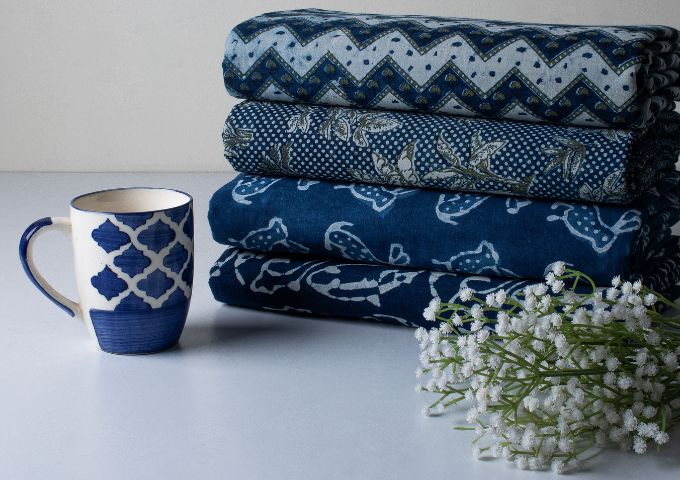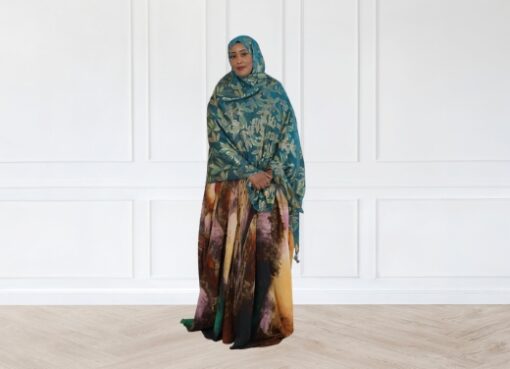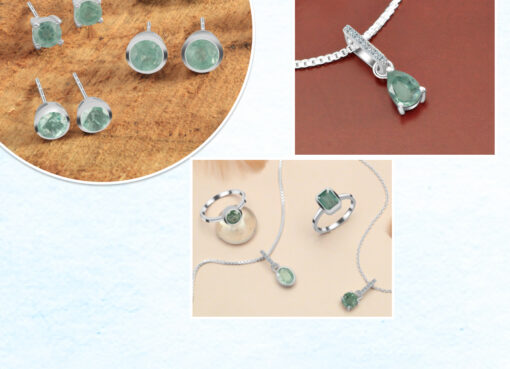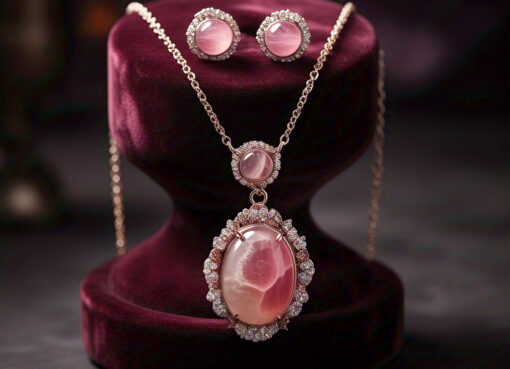Indigo Fabric: A Deep Dive into a Timeless Textile

Indigo fabric stands as one of the most iconic and enduring textiles in the world, known for its striking deep blue color and rich cultural heritage. From ancient civilizations to modern fashion runways, indigo has woven its way through history, tradition, and innovation, offering both beauty and functionality.
What is Indigo Fabric?
Indigo fabric is a type of textile dyed with indigo—a natural or synthetic dye that produces a distinctive blue color. Traditionally, the dye is derived from the leaves of the Indigofera plant, which contains indican, a precursor to the indigo pigment. Through a process of fermentation and oxidation, artisans transform these leaves into the intense blue dye that gives the fabric its characteristic hue.
While modern techniques often use synthetic indigo for efficiency and consistency, many cultures around the world still practice the ancient method of natural dyeing, preserving the deep-rooted artisanal legacy of indigo.
Historical Significance
Indigo dyeing dates back thousands of years, with early evidence found in ancient Egypt, India, Africa, Japan, and Central America. In India, indigo was so highly valued that it was referred to as “blue gold,” playing a crucial role in trade and colonial economics. In West Africa, indigo held spiritual significance and was used in ceremonial garments. In Japan, the technique of aizome (indigo dyeing) became a revered art form, known for its subtlety and depth.
The widespread appeal of indigo fabric even influenced the development of global fashion, with the introduction of indigo-dyed denim in the 19th century, which remains a staple of modern clothing today.
Characteristics and Uses
Indigo fabric is prized for its unique qualities:
-
Color Depth: The hallmark of indigo fabric is its vibrant, rich blue that fades gradually over time, giving garments a personalized and worn-in look.
-
Durability: Often used in denim and heavy cottons, indigo fabrics are known for their strength and longevity.
-
Breathability: Natural fibers like cotton or linen, commonly used with indigo dye, make the fabric comfortable and breathable.
-
Artisanal Appeal: Hand-dyed indigo fabrics often showcase variations in color and texture, highlighting the human touch behind the craft.
Common applications include:
-
Apparel: Jeans, shirts, dresses, scarves, and traditional garments.
-
Home Décor: Cushion covers, table linens, wall hangings, and upholstery.
-
Art and Craft: Quilting, patchwork, and resist-dyeing techniques like tie-dye and batik.
Indigo Dyeing Techniques
The process of dyeing with indigo is unlike most other dyes. The fabric is dipped into a yellow-green dye bath, and it turns blue only when exposed to air. This oxidation process is repeated several times to deepen the color. Popular techniques include:
-
Shibori: A Japanese method of resist dyeing, using folds and binds to create patterns.
-
Batik: A wax-resist technique common in Indonesia, which combines indigo with other colors.
-
Mud Resist: Used in Indian traditions, where a clay or mud paste is applied to resist dye in certain areas.
Sustainability and Revival
As awareness of sustainable fashion grows, natural indigo is seeing a revival. Unlike synthetic dyes, natural indigo is biodegradable and non-toxic, making it an eco-friendly choice. Artisans and ethical brands around the world are rediscovering and promoting traditional indigo dyeing, supporting both environmental sustainability and cultural preservation.
Conclusion
Indigo fabric is more than just a textile—it is a symbol of heritage, creativity, and enduring beauty. Whether appreciated for its deep hues, historical significance, or artisanal craftsmanship, indigo continues to captivate the world. Its timeless appeal ensures it will remain a cherished material for generations to come.







Leave a Comment